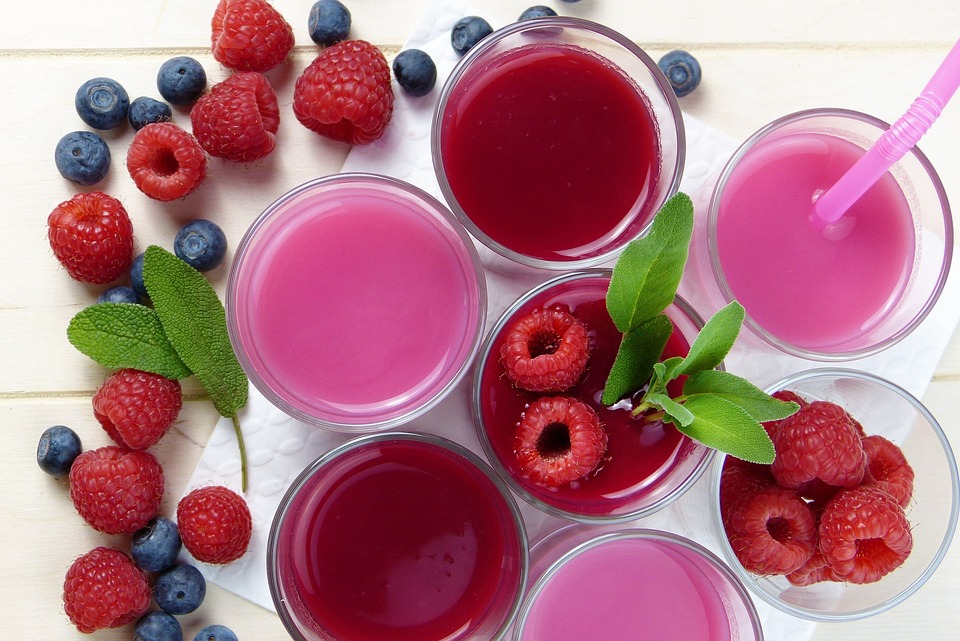Raw Food 101: Everything You Need to Know to Get Started
Raw food diets have been gaining popularity in recent years, and for good reason. Not only do raw foods provide a variety of health benefits, but they can also be incredibly delicious and satisfying to eat. If you’re curious about the raw food lifestyle, but don’t know where to start, this guide will give you all the information you need.
What is a Raw Food Diet?
A raw food diet is a way of eating that primarily consists of uncooked and unprocessed foods. The idea is to consume foods in their natural state, without cooking, baking, or frying them. Raw foodists believe that cooking food destroys many of the vitamins, enzymes, and nutrients that are essential for good health.
Raw food diets can vary in their level of restrictiveness. Some people follow a completely raw diet, while others include some cooked foods or use techniques like dehydrating and fermenting to prepare their meals.
What are the Benefits of Eating Raw Foods?
There are many benefits to following a raw food diet. Some of the most commonly cited benefits include:
– Improved digestion: Raw foods are high in fiber and enzymes, which can help improve digestion and prevent constipation.
– Increased energy: Raw foods are nutrient-dense and can provide a natural energy boost.
– Weight loss: Raw foods are typically lower in calories than cooked foods, which can make them a great option for weight loss.
– Better skin: Raw foods are high in antioxidants, which can help reduce inflammation and improve skin health.
– Reduced risk of chronic disease: Raw foods are rich in vitamins, minerals, and other nutrients that can help prevent chronic diseases like heart disease and cancer.
What Foods Can You Eat on a Raw Food Diet?
A raw food diet can include a wide variety of foods, including:
– Fruits: Apples, bananas, berries, citrus fruits, melons, and more.
– Vegetables: Leafy greens, cucumbers, carrots, peppers, tomatoes, and more.
– Nuts and seeds: Almonds, cashews, sunflower seeds, pumpkin seeds, and more.
– Legumes: Sprouted lentils, chickpeas, and other beans.
– Grains: Sprouted grains like quinoa, buckwheat, and millet.
– Superfoods: Spirulina, chlorella, maca powder, and more.
How to Get Started with a Raw Food Diet
If you’re interested in trying a raw food diet, here are some tips to help you get started:
– Start slow: Don’t try to switch to a completely raw diet overnight. Start by adding more raw fruits and vegetables to your meals and gradually increase the amount of raw foods you eat.
– Invest in a good blender: A high-speed blender can be a game-changer for making smoothies, soups, and sauces.
– Experiment with different recipes: There are plenty of delicious raw food recipes available online. Experiment with different flavors and textures to find what you like.
– Don’t forget to hydrate: Raw foods are naturally hydrating, but it’s still important to drink plenty of water throughout the day.
– Listen to your body: Pay attention to how your body feels as you transition to a raw food diet. If you feel tired or weak, it may be a sign that you need more calories or a different balance of nutrients.
In conclusion, a raw food diet can be a great way to improve your health and try new foods. Whether you’re looking to lose weight, boost your energy, or just eat more fruits and vegetables, a raw food diet may be worth exploring. With a little patience and experimentation, you may find that it’s a lifestyle that works for you.




